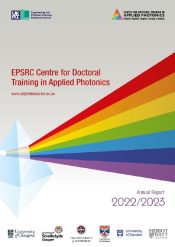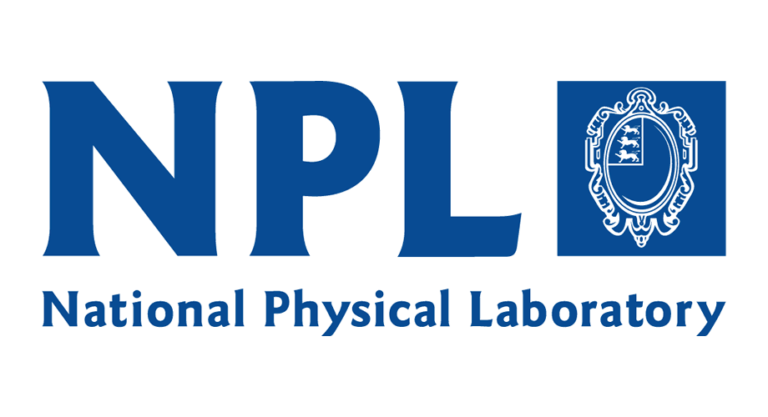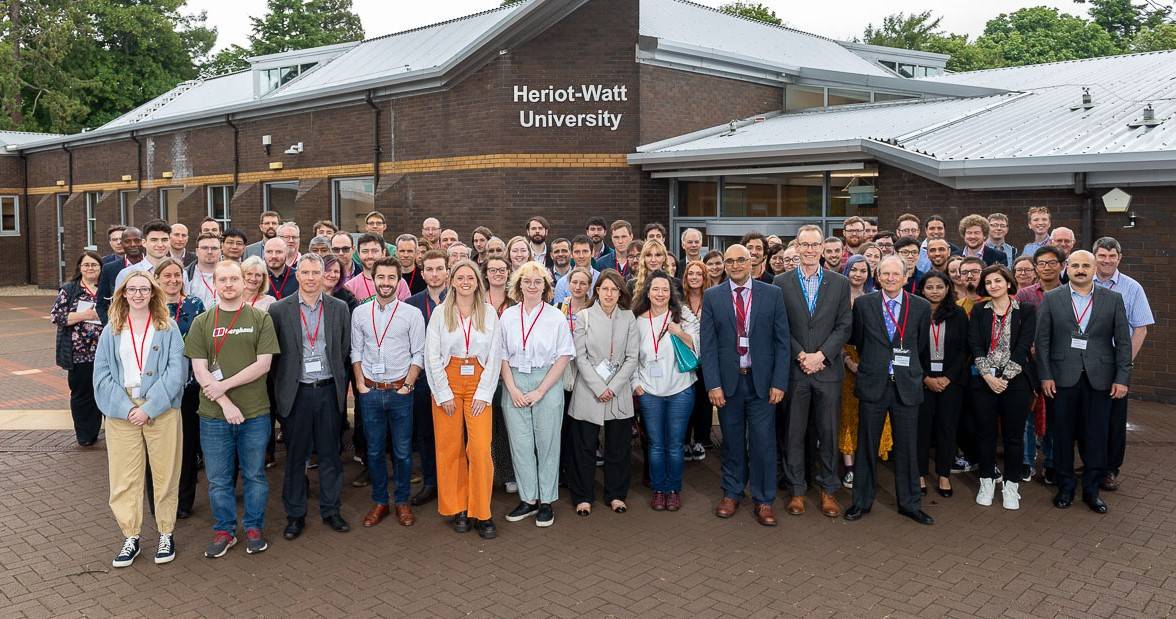

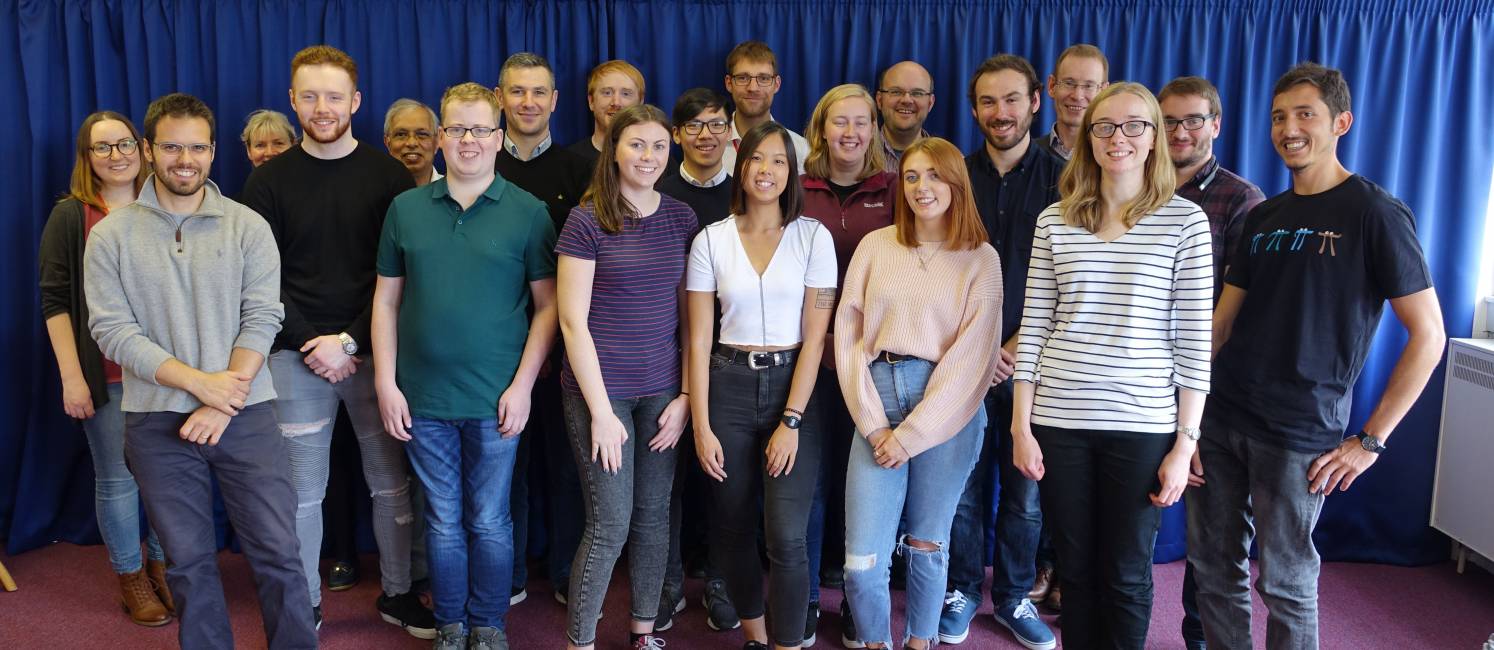

Our four year programme places our research students on industry inspired projects leading to award of PhD or EngD. The EngD qualification is an alternative to a traditional PhD aimed at students seeking a career in industry, and reflects the innovative nature of industrial research.
Students spend around 75% of their time working directly with a company, in addition to receiving advanced-level training from a broad portfolio of technical and business courses.
The research projects will offer benefits to your company by:
Increasing the research portfolio in a cost-effective way
Providing access to University laboratories and facilities
- Creating opportunities to make contacts with other sponsor companies
- Aiding the retention of existing staff who wish to study for a doctorate degree and continue with their employment
Available EngD & PhD Projects
Novel laser sources in the mid-infrared spectral region for security and sensing applications
-
PhD
-
EngD
Sychronizable laser pulse sources for multi-photon imaging applications
-
PhD
-
EngD
Ophthalmic imaging with time and spectral resolution
-
PhD
-
EngD
Novel laser designs to exploit low-cost-per-Watt pumping of Ti:sapphire for application in sensing, imaging, and precise timing technologies
-
PhD
-
EngD
Next generation long range laser rangefinders based on single photon detectors and new laser technologies
-
PhD
-
EngD
uLED-based lab-on-chip platform
-
PhD
-
EngD
Beam steering systems for remote sensing applications
-
PhD
-
EngD
Laboratory-based physical emulation of long path atmospheric turbulence for imaging sensors
-
PhD
-
EngD
Advance diversity techniques for underwater optical communication and sensing
-
PhD
-
EngD
Photonic enablers in new generation for ultra-wide field retinal imaging
-
PhD
-
EngD
Breaking boundaries in retinal imaging: harnessing computational prowess for dynamic 3D reconstructions and pinpoint accuracy with full-range OCT and advanced refraction compensation 🌐
-
PhD
-
EngD
Multiplexed fluorescent biosensors to profile infectious diseases 🌐
-
PhD
-
EngD
Image capture and multimodal AI for interactive radiology assistance 🌐
-
PhD
-
EngD
Remote, range-resolved ultra-violet Raman spectroscopy for safety in hydrogen fuel and nuclear industries
-
PhD
-
EngD
Fully-funded scholarships available
Latest News
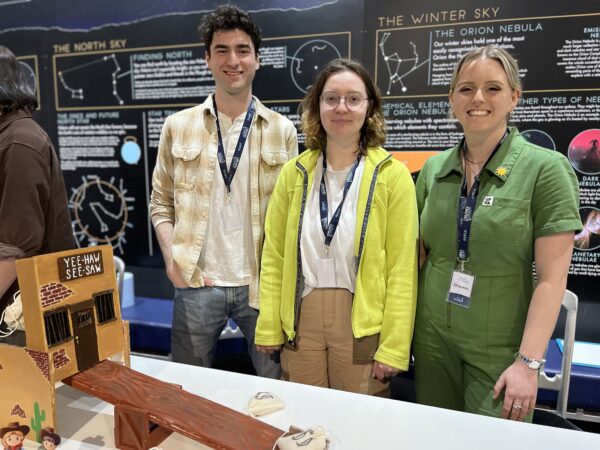
Outreach at Glasgow Science Centre
On 11 April 2024 our third year students showcased their simple, but ingenious and creative designs to capture the interest of visitors during the ‘Meet
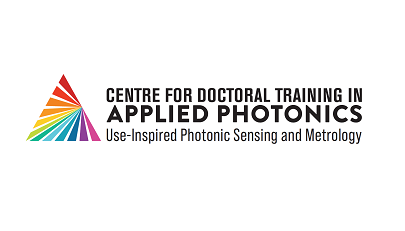
Viva Success
Congratulations to our Research Engineers – Gary Quinn – who had a successful viva in January 2024, and Natalie Bruce and Rachel Cannon, who passed

CDT Funding Announcement
We are excited to be able to announce that the CDT Applied Photonics has been awarded with funding from the UK Research Council (EPSRC) to


